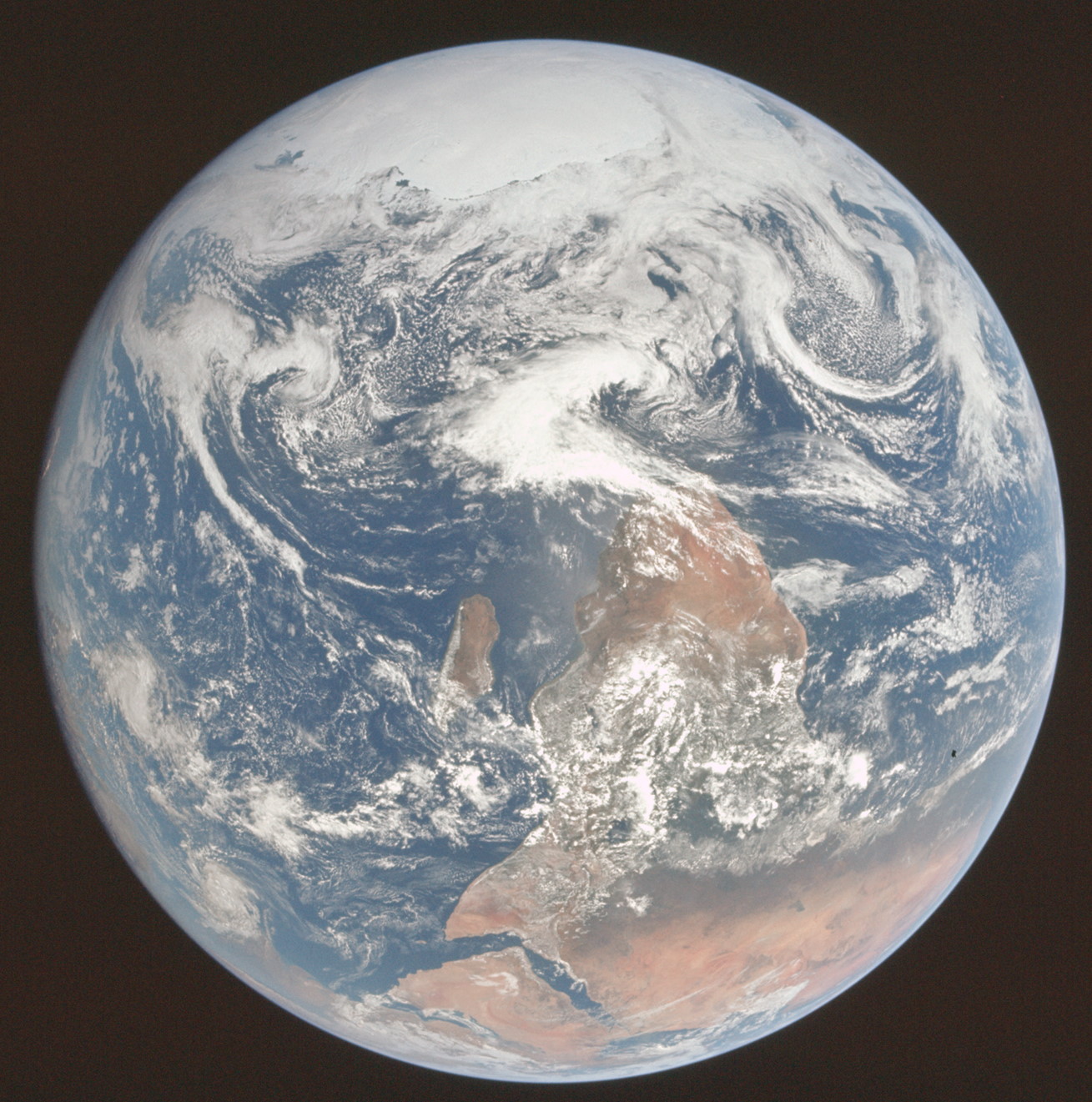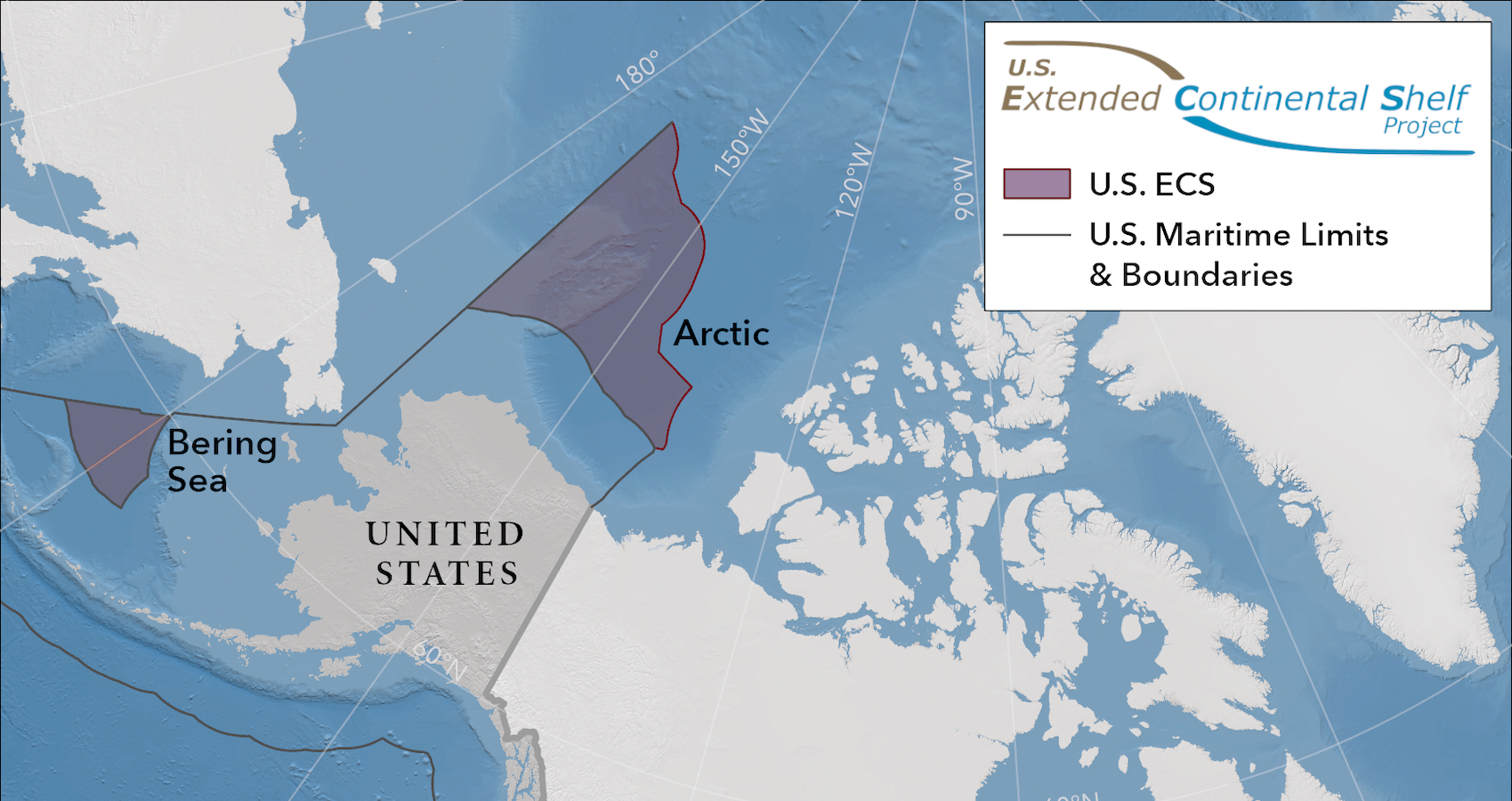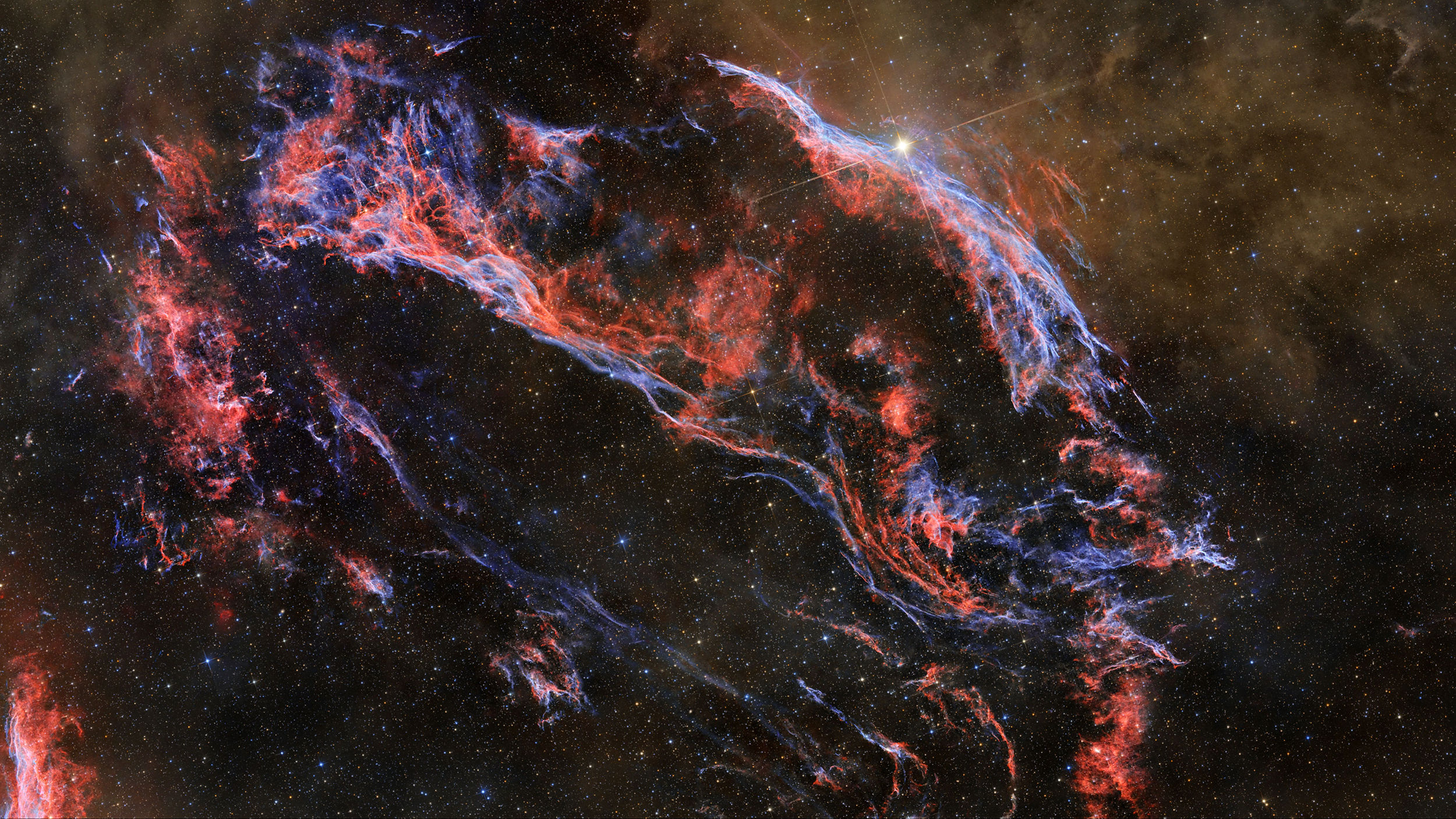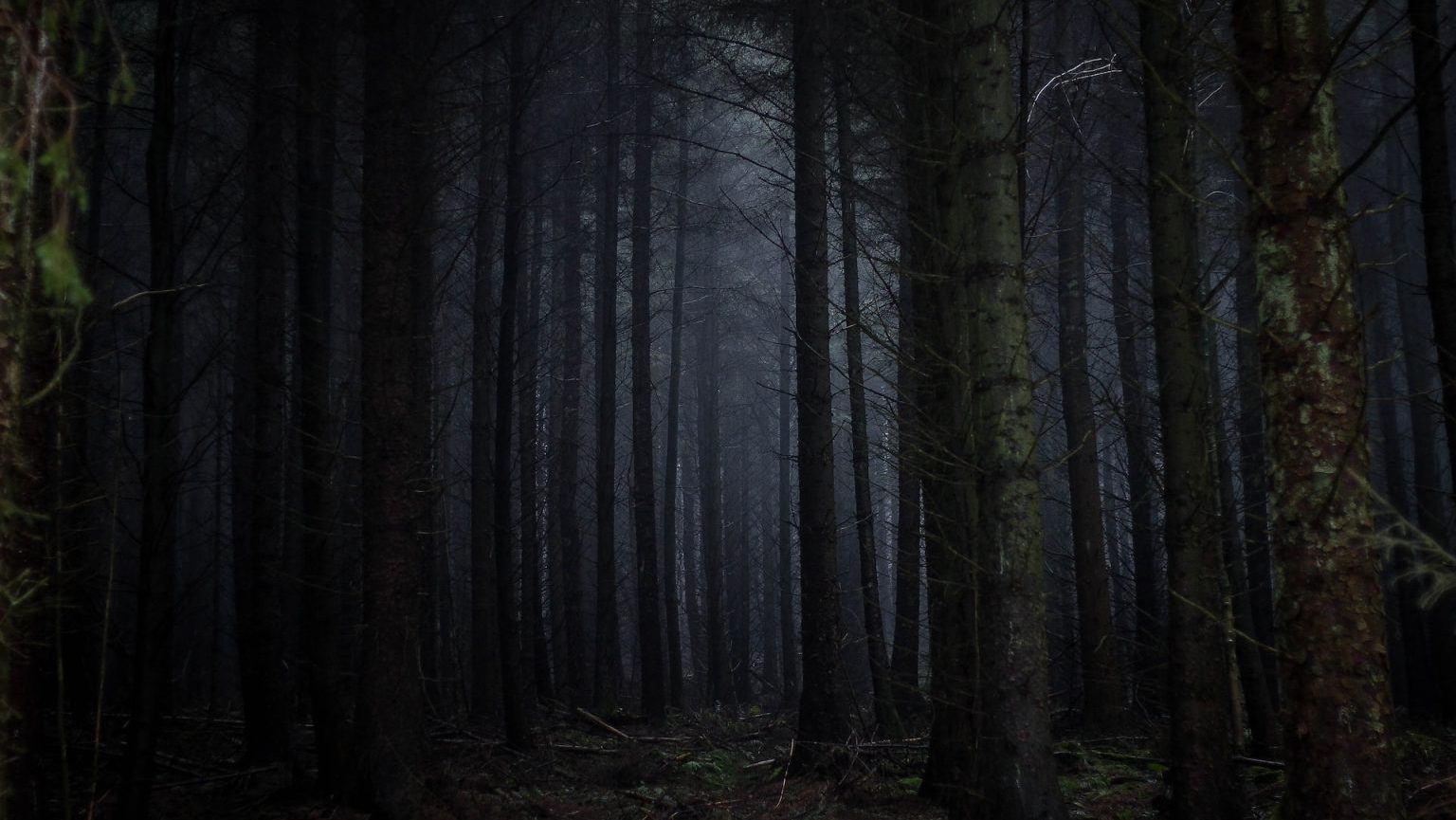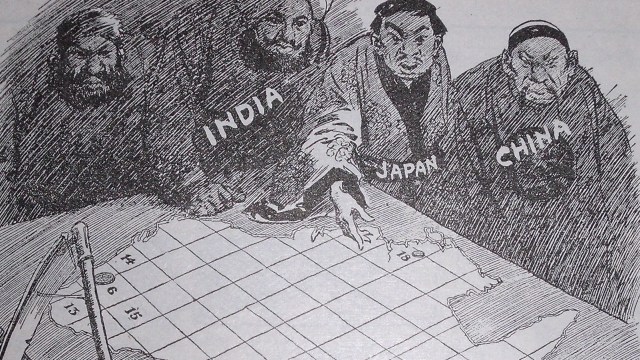396 – “You take it – No, you take it”: the Bir Tawil Trapezoid

The Bir Tawil Triangle is a desert of sand and rocks on the border between Egypt and the Sudan. It is also officially the most undesired territory in the world. Bir Tawil is the only piece of land on Earth (*) that is not claimed by any country – least of all by its neighbours. For either of them to claim the Bir Tawil Triangle would be to relinquish their claim to the Hala’ib Triangle. And while Hala’ib is also mainly rock and sand, it is not only ten times larger than Bir Tawil, but also adjacent to the Red Sea – so rather more interesting.
This bizarre situation started out with what is supposed to be the simplest of borders: a straight line. By the Condominium Treaty of 1899, the British drew the line between Egypt and what was then still known as the Anglo-Egyptian Sudan at the 22nd parallel north, resulting in a straight-line border of about 1,240 km (770 miles) from Libya to the Red Sea.
Straight-line borders are not uncommon in the sparsely populated Sahara desert, from Egypt all the way to Mauritania. But the border between Egypt and the Sudan apparently proved a bit too straight. In 1902, the Brits amended it in three places. A small area north of where the Nile crosses the border was handed over to Sudanese control on account of the local villages being more accessible from the south. The Wadi Halfa Salient is still Sudanese, but claimed by the Egyptians, who solved most of the problem by submerging all of the villages in the salient in Lake Nasser after the construction of the Aswan Dam.
The Bir Tawil Triangle, east of the Wadi Halfa Salient and south of the 22nd parallel, was handed over to Egypt because a tribe on the Egyptian side of the border used the area as grazing lands (Bir Tawil apparently means ‘water well’). Conversely, the Halaib Triangle, north of the 22nd parallel but touching Bir Tawil, went to Sudan because the locally dominant tribes were based in the Sudan.
Actually, Bir Tawil is less of a Triangle than a Trapezoid, its northern edge (the 22nd parallel) 95 km long and its southern edge, around 30 km to the south, 46 km long. Its total area is just over 2,000 km². The Hala’ib Triangle is about 20,500 km² in size.
De iure, the conflict between Egypt and the Sudan over Hala’ib and Bir Tawil is still unresolved, although Egypt has asserted itself as the de facto administrator of the larger of both areas in the 1990s. I have been unable to ascertain whether either country exerts any practical control over Bir Tawil, leaving open the exciting possibility that it is indeed the only officially ungoverned territory on Earth.
Many thanks to Bill (a.k.a. ‘The Eidolon’) for alerting me to Bir Tawil, discussed here on his blog. The best map I found was this tiny one on Wikimedia Commons. Many thanks to Eugene van der Pijll for providing me with the link to the present image (see comment #4). (*) No country officially occupies any part of Antarctica, but this is only because the 1959 Antarctic Treaty froze any existing territorial claims to the continent.

